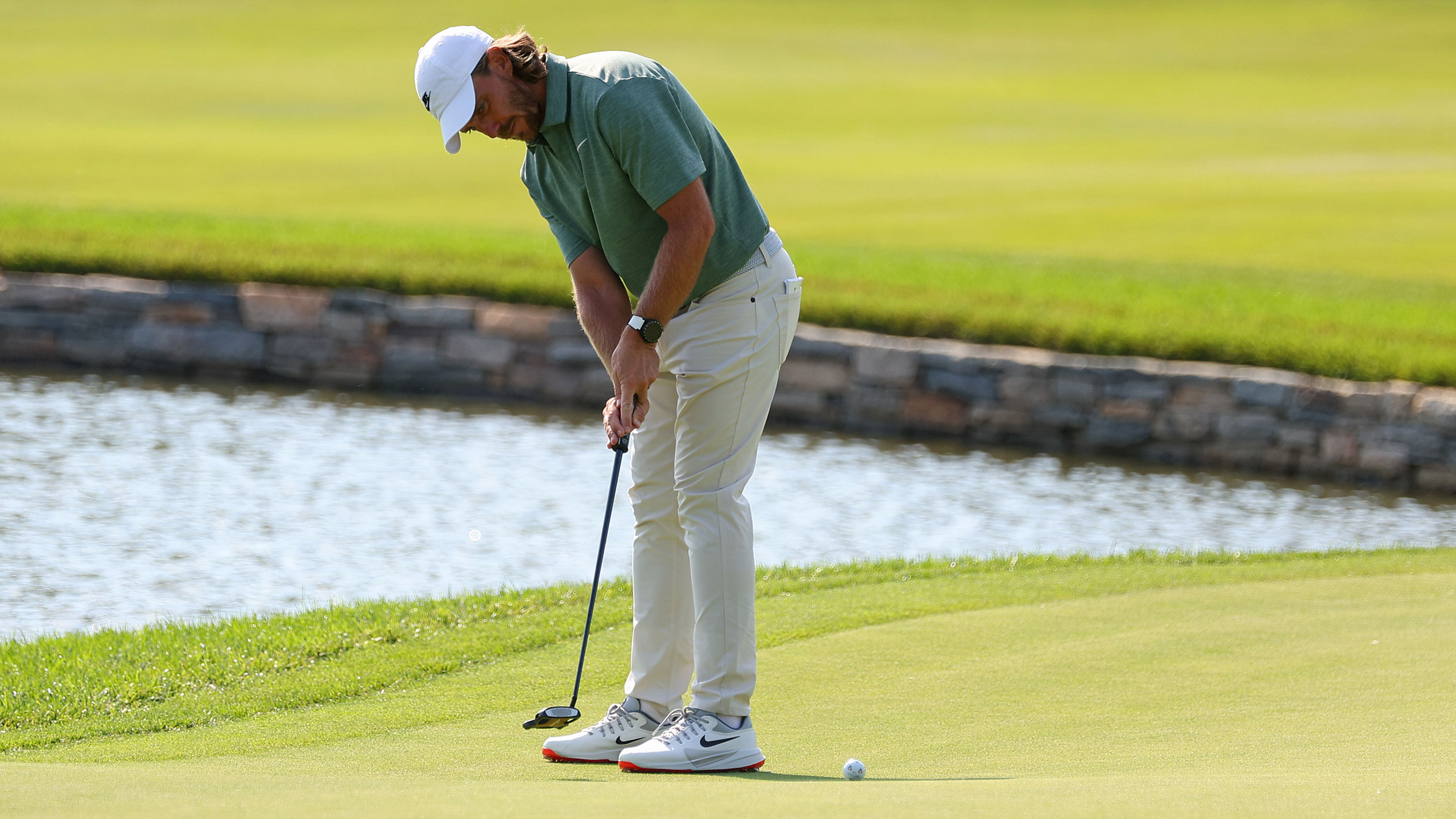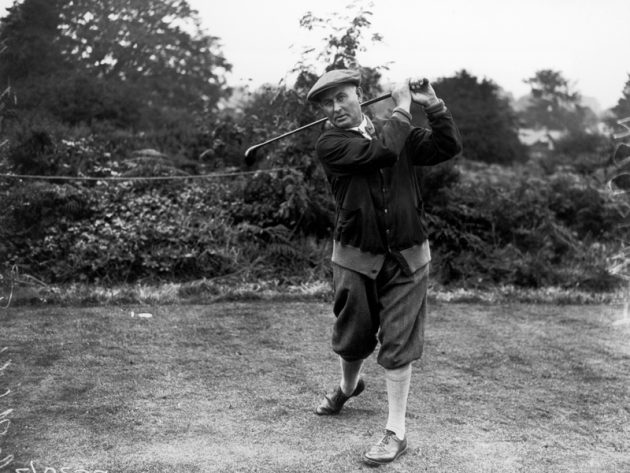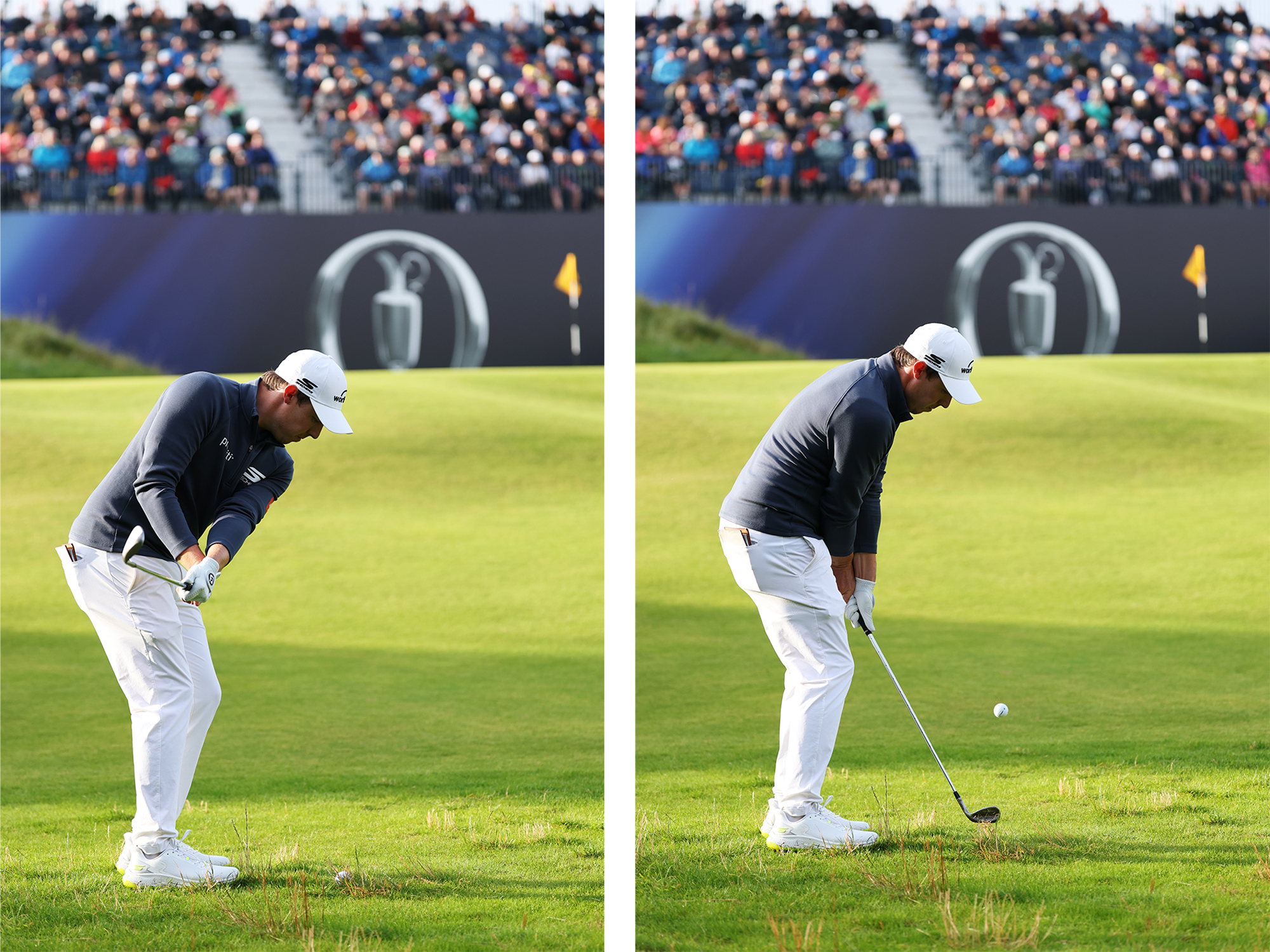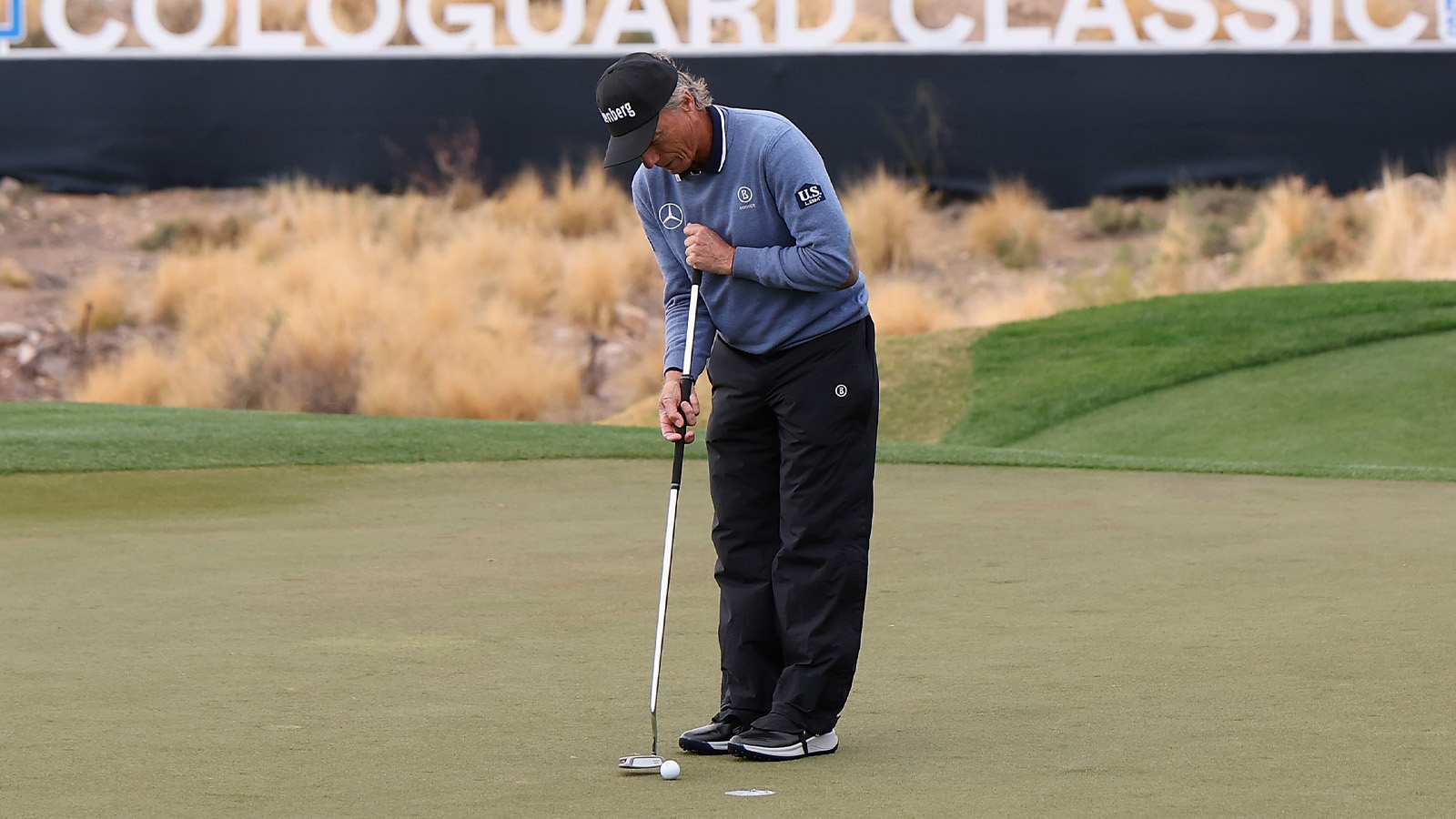What Different Methods Do Tour Players Use To Grip Golf Clubs?
How a player puts their hands on the club is critical to the outcome of the stroke they make. There are multiple ways to do it successfully, though…


As the saying goes “there’s more than one way to skin a cat.” A relatively small amount of cat skinning goes on in golf so that saying ought to be adapted to something a little more relevant for this article like – “there’s more than one way to grip a golf club.”
There you go... done it.
Players over the years have adopted all sorts of grip techniques to get the job done and here below we look at a selection of them, from tee to green.
Long Game

A grip creator? Maybe not...
Vardon (or overlapping) grip – Its invention is credited to the great Jerseyman Harry Vardon, although sources suggest the grip was actually used before the six-time Open winner by a Scottish amateur called Johnny Laidlay.
Basically, it’s where the right forefinger overlaps the left forefinger. That’s for right-handed players… it’s the opposite for left handed players. Sam Snead and Arnold Palmer used the Vardon grip. Phil Mickelson is also a fan of the overlap.
After damaging his finger in a bike accident, 1996 US Open winner Steve Jones used a reverse overlap grip – left forefinger over right. That grip doesn’t have a moniker but surely it should be the “Steve Jones” grip. Maybe that will stick.
Interlocking grip – This is where the player interlocks the little fingers of both hands rather than overlapping.
Subscribe to the Golf Monthly newsletter to stay up to date with all the latest tour news, equipment news, reviews, head-to-heads and buyer’s guides from our team of experienced experts.
It’s difficult to find data on which grip is favoured on tour but what we have suggests that a slightly higher percentage of players use the interlocking grip versus overlapping.
Jack Nicklaus, Tiger Woods and Rory McIlroy all favour the interlocking grip – an impressive selection!
Baseball grip – This grip, also known as the 10-finger grip, is where there is no overlapping or interlocking of the two hands on the grip. It’s not common for pro golfers to use this method but it’s not unheard of.
The legendary Moe Norman used a 10-finger grip later in his career. Bob Estes was a "baseball" gripper. More recently Scott Piercy and Tommy “Two Gloves” Gainey have put the baseball grip into practice.
Chipping

Fitzy with his cross or cack handed method
Conventional grip – Most players use the same grip for chipping as they do for their long game. It makes sense from the point of view of feel and consistency.
Some players who either overlap or interlock may choose to go for a baseball grip on short shots in order to gain a little more feel and touch.
Putting grip – Some players will use their putting grip for some short pitches and chips.
It gives a different feel and can help those who have trouble with twitches on shorter shots.
The putting grip can be particularly useful when playing a low running shot. Players may play chip shots with more of a putting stroke. Justin Rose and Tommy Fleetwood are known for doing this.
Cack-handed grip – This is another method employed by players who have a little trouble with the chipping yips. It’s swapping over the hands so, for a right-handed player, putting left hand below right. It's also known as the cross handed method.
Recently, Matt Fitzpatrick has frequently chipped cack handed.
Jason Palmer, a one-time European Tour player chipped with one hand (his right hand) in an attempt to cure his chipping yips.
Putting

Langer with the long putter
It’s when it comes to putting that players utilise a dazzling array of different grips. Most players use a different grip to putt with than they do for long and short game shots. Here are a selection of the methods employed:
Conventional overlap, interlock or baseball – Some players will just keep their grip the same from tee to cup. See description of those grips above.
Cack-handed – As above, but much more common in putting. Jordan Spieth is known for this putting style.
Two thumbs – This is where the player uses a fatter grip and puts their hands on the club together onto the grip as if they were praying before perhaps overlapping some or all the fingers of one hand over the other at the same level at the back of the grip.
England’s Matt Wallace has used the two-thumb grip.
The claw – It’s become increasingly popular in recent years. The left hand goes onto the grip normally and then the right hand is loosely placed below with the forefinger and perhaps middle finger pointing downwards down the front or side of the grip.
When Mark Calcavecchia turned to the technique back in 2001, he faced derision but now a number of top players including Tommy Fleetwood (see pic above) use the claw.
Armlock – This is where the shaft of a longer putter is held up the inside of the arm. The grip used may be the same of any of the above. Matt Kuchar was known for the armlock and Bryson DeChambeau is a current fan.
The long stick – There are all manner of ways that players grip the long putter (not anchoring it of course as that would be illegal.)
The most common method is to hold it at the top with the left hand as if you were gripping a mug of beer then use the right hand midway down the club, either with another beer mug grip, or perhaps a “claw” grip. Bernhard Langer and Adam Scott are well known as long putter grippers.

Fergus is Golf Monthly's resident expert on the history of the game and has written extensively on that subject. He has also worked with Golf Monthly to produce a podcast series. Called 18 Majors: The Golf History Show it offers new and in-depth perspectives on some of the most important moments in golf's long history. You can find all the details about it here.
He is a golf obsessive and 1-handicapper. Growing up in the North East of Scotland, golf runs through his veins and his passion for the sport was bolstered during his time at St Andrews university studying history. He went on to earn a post graduate diploma from the London School of Journalism. Fergus has worked for Golf Monthly since 2004 and has written two books on the game; "Great Golf Debates" together with Jezz Ellwood of Golf Monthly and the history section of "The Ultimate Golf Book" together with Neil Tappin , also of Golf Monthly.
Fergus once shanked a ball from just over Granny Clark's Wynd on the 18th of the Old Course that struck the St Andrews Golf Club and rebounded into the Valley of Sin, from where he saved par. Who says there's no golfing god?
You must confirm your public display name before commenting
Please logout and then login again, you will then be prompted to enter your display name.